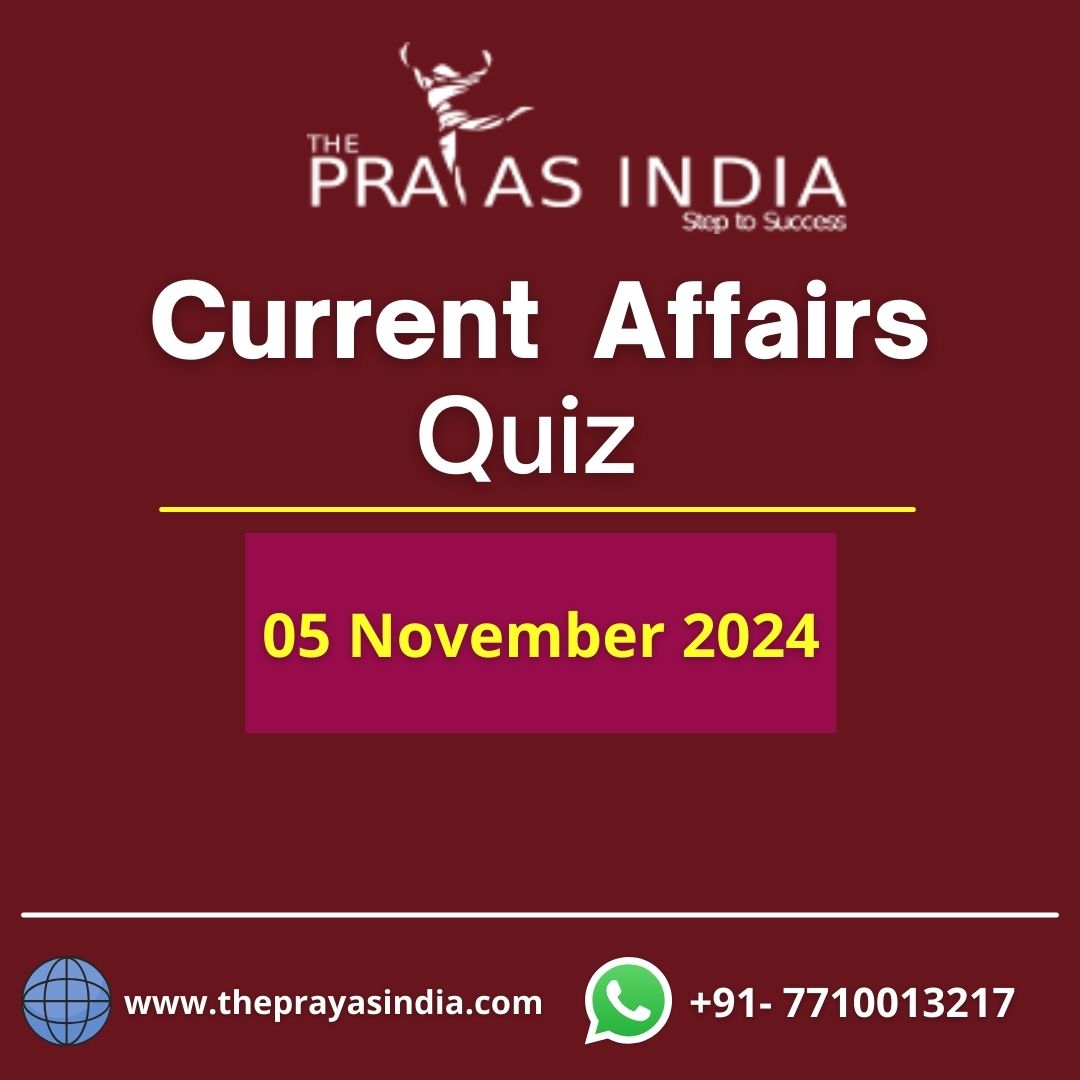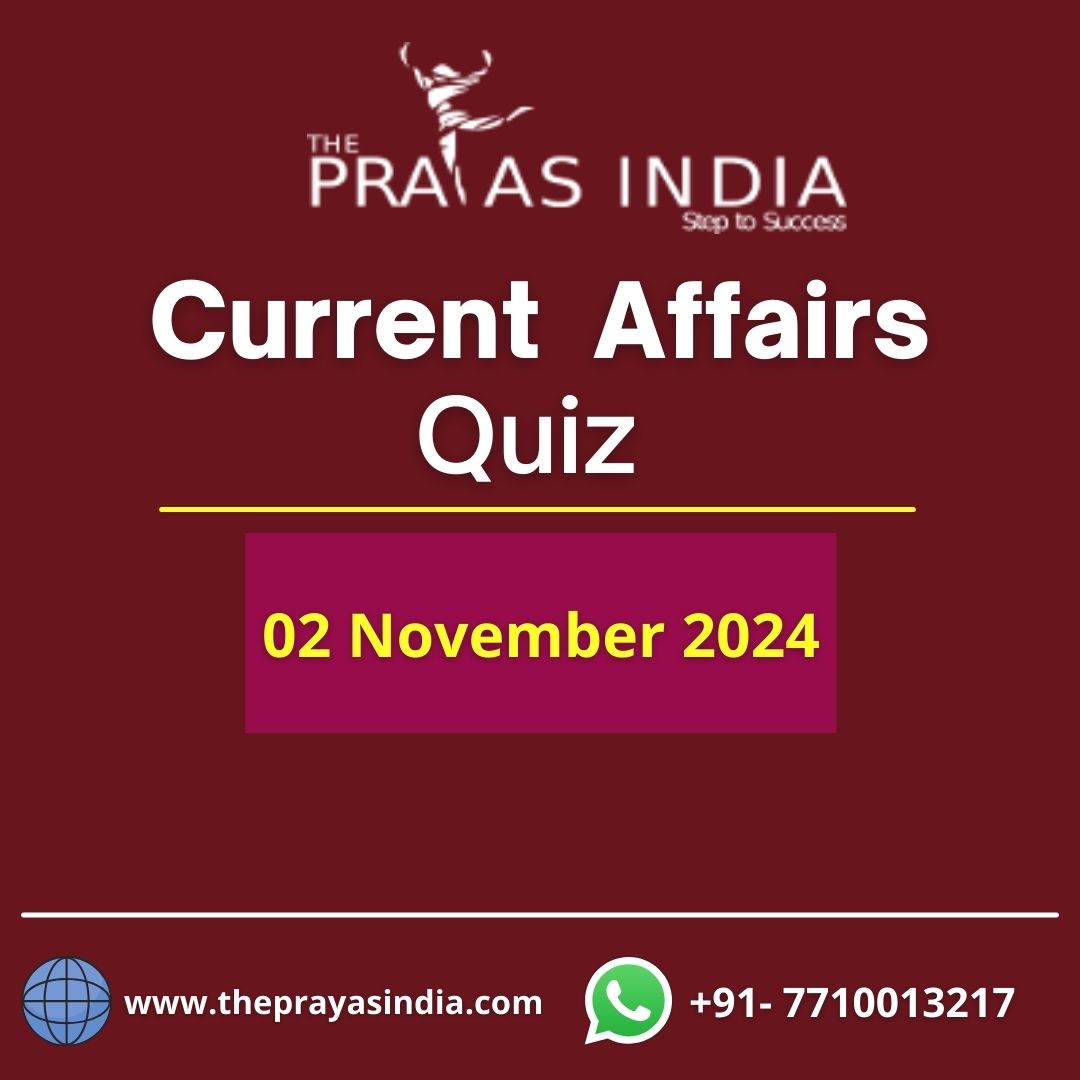Q1. What is the event horizon of a black hole?
(a) The boundary surrounding a black hole beyond which nothing, not even light, can escape.
(b) A bright ring of light surrounding a black hole formed by intense radiation.
(c) The point at the center of a black hole where gravity is strongest.
(d) A region around a black hole where gravitational effects are minimal.
Ans: (a)
Explanation:
- The event horizon is the boundary around a black hole where the escape velocity equals the speed of light. Once an object crosses this boundary, it is inexorably drawn into the black hole, and no information or light can escape.
Q2. What does the term “Hawking radiation” mean to you?
(a) The emission of light from a black hole’s event horizon.
(b) The release of energy during a supernova explosion.
(c) Theoretical radiation predicted to be emitted by black holes due to quantum effects near the event horizon.
(d) The scattering of light by interstellar dust.
Ans: (c)
Explanation:
- Hawking radiation is a theoretical prediction made by physicist Stephen Hawking. According to quantum mechanics, pairs of virtual particles and antiparticles continuously pop in and out of existence near the event horizon of a black hole. Occasionally, one particle falls into the black hole while the other escapes, leading to a net loss of mass for the black hole. This process is known as Hawking radiation.
Q3. Which of the following best describes the meaning of the word ‘echidna’?
(a) A type of bird known for its elaborate mating dances.
(a) A type of bird known for its elaborate mating dances.
(c) A monotreme, laying eggs and possessing spines, native to Australia and New Guinea.
(d) A large herbivorous mammal found in African savannas.
Ans: (c)
Explanation:
- Context: The Zaglossus attenboroughi, a long-beaked echidna named after David Attenborough and last seen in 1961, has been rediscovered in a remote region of Indonesia.
- This elusive creature, known for its nocturnal and reclusive nature, was found in the Cyclops Mountains of Papua, Indonesia.
- The discovery also revealed a tree-dwelling shrimp, a kind of honeyeater bird unseen since 2008, and several previously unknown underground species.
- An echidna is a monotreme, a type of egg-laying mammal. There are two species of echidnas: the short-beaked echidna (found in Australia and New Guinea) and the long-beaked echidna (found only in New Guinea). Echidnas are characterized by their spines, which are actually modified hairs, and they have a unique beak-like snout. Monotremes, which also include the platypus, are distinctive among mammals because they lay eggs instead of giving birth to live young.
Q4. Consider the following statements about National Disaster Management Authority (NDMA):
- It is an apex Body of Government of India, with a mandate to lay down policies for disaster management.
- The Ministry of Home Affairs (MHA) is the ‘Nodal Ministry’ for the management of natural disasters in India.
- It is headed by the Home Minister of India.
How many of the above statements are correct?
(a) Only one
(b) Only two
(c) All three
(d) None
Ans: (b)
Explanation:
- National Disaster Management Authority (NDMA) (founded 2005; HQ: New Delhi) is an apex body mandated to lay down policies for disaster management. It was established through the Disaster Management Act 2005. It is headed by the Prime Minister.
Q5. Which of the following about the Suez Canal is correct?
(a) A man-made canal connecting the Mediterranean Sea to the Red Sea.
(b) A natural waterway connecting the Black Sea to the Aegean Sea.
(c) A river in South America connecting the Atlantic and Pacific Oceans.
(d) A canal in Asia connecting the Indian Ocean to the Pacific Ocean.
Ans: (a)
Explanation:
What Ben Gurion Canal Project?
- The Ben Gurion Canal Project is a theoretical proposal to cut a canal through Israel’s Negev Desert, creating an alternative route to the Suez Canal. Envisioned in the 1960s, it aimed to challenge Egypt’s monopoly on the shortest trade route between Europe and Asia.
- However, the project faces immense challenges, including logistical complexities, high costs, a longer route, and security concerns in a region marked by ongoing military threats.
What is the Suez Canal?
- It is an artificial sea-level waterway in Egypt (completed in 1869), connecting the Mediterranean Sea to the Red Sea through the Isthmus of Suez and dividing Africa and Asia. The 193 km long canal is a key trade route between Europe and Asia.




